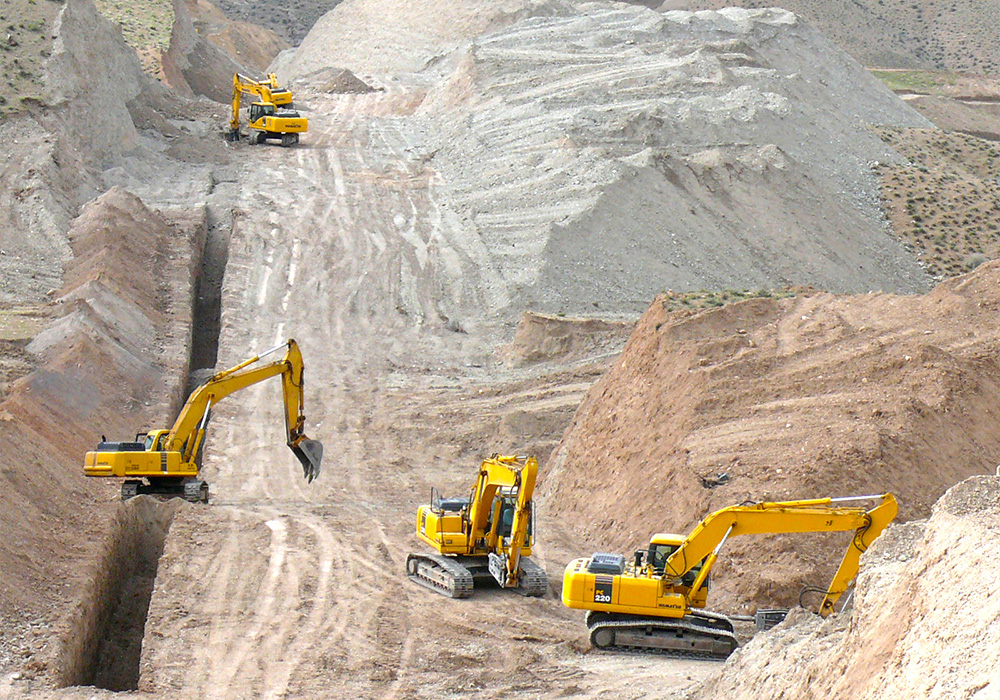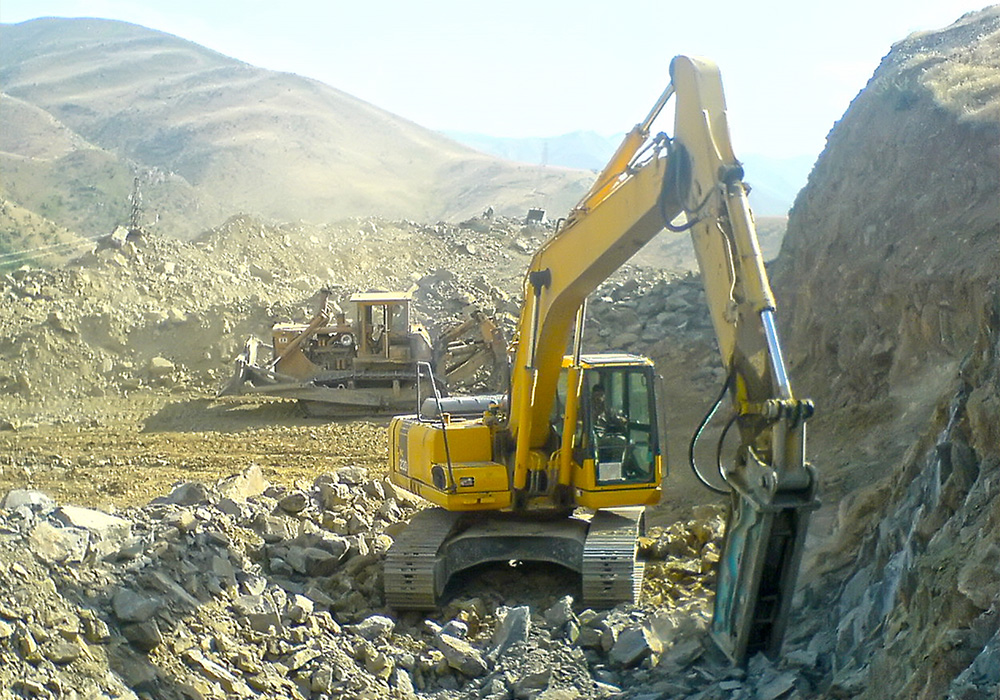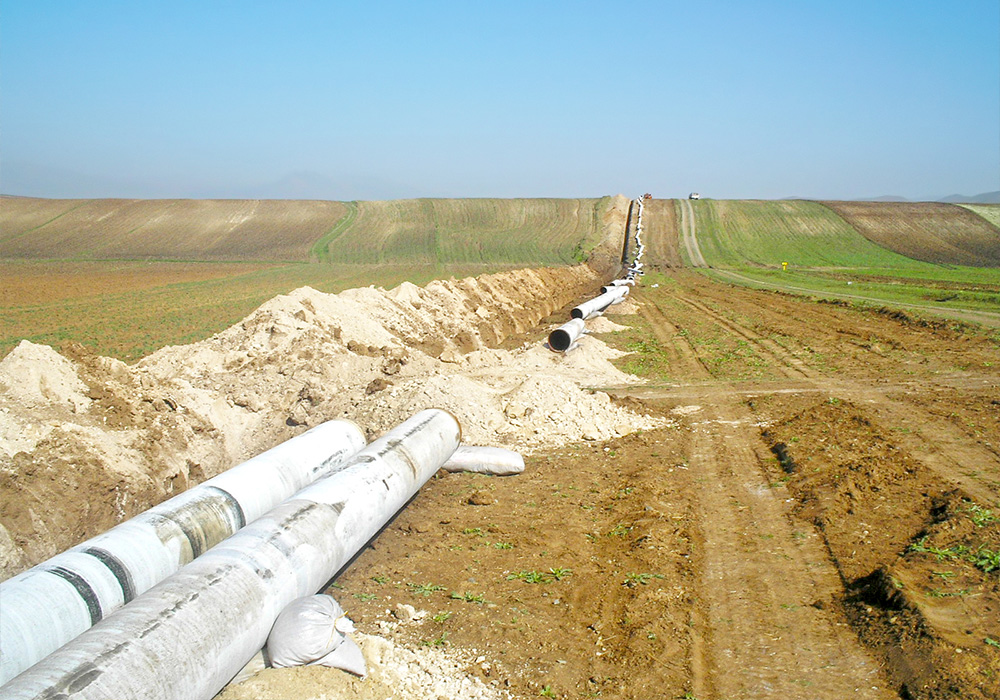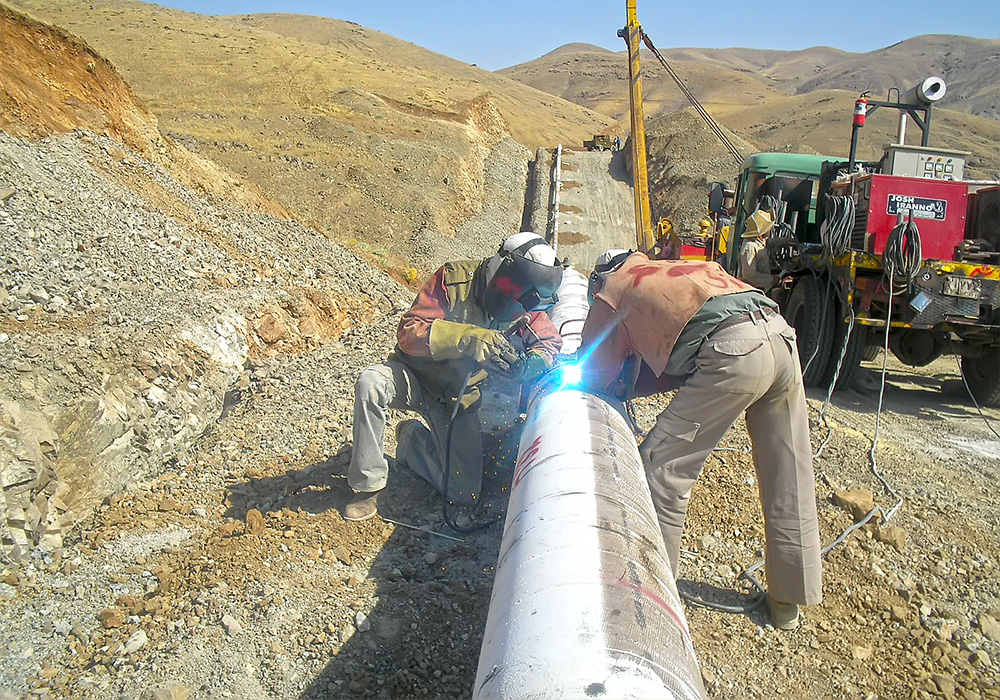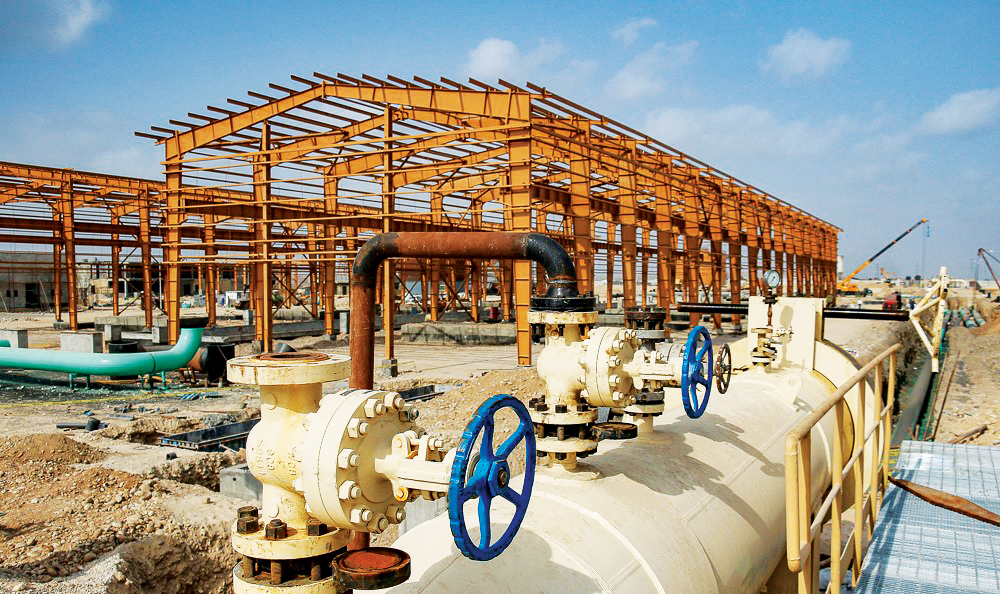Description
Western Iran Polyethylene transmission pipeline was constructed to supply feedstock to petrochemical plants, develop the Iranian petrochemical industry’s infrastructures, and create jobs in Asaluyeh. The pipeline starts from East of Bushehr Province, crosses Khuzestan, Lorestan, Chaharmahal and Bakhtiari, Kohgiluyeh and Boyer-Ahmad, Kermanshah, and Kurdistan Provinces, and finally reaches Western Azarbaijan Province. Iran Ertebat Engineering Company was assigned to construct the pipeline’s 8th block with a length of 150 km. The pipeline consists of 14-inch pipes and is located in Kermanshah and Kurdistan provinces.
Scope of Work
- 14-Inch pipeline construction operations, 150 km
- Optical fiber cabling along the14-Inch pipeline, 150 km
- Loading, transportation, and unloading of all the materials whose supply was the responsibility of the client
- Construction of 6 LBV, branch valve, and pig- launcher and receiver stations
- Construction of 5 CPS stations for pipeline maintenance
- Performing all the necessary tests along the pipeline route (sleeve radiography, instrumentation test, and hydrostatic test) as per the technical terms and conditions specified in the contract
- Drawing as-built plans
- Installing pipeline markers
Key Statistics
- Excavation in earthy and rocky terrains, and explosion-prone areas, 8,000,000 m3 (mountains and plains)
- Trenching in earthy and rocky terrains, and explosion-prone areas, 395,000 m3 (mountains and plains)
- Concrete mix pouring 80,000 m3
- Radiography of 45,000 sleeves in different sizes
- Supply and pouring of sieved soil around the pipes and adjusting the soil’s height, 600,000 m3
- Pouring reinforced concrete around the pipes laid on the river bed (C.C.W.), 2,000 m
- Transversing the asphalted roads, railway, and rivers, 42 points
- Hydrostatic testing, 48 km
- Pipeline covering operations, 88 km


